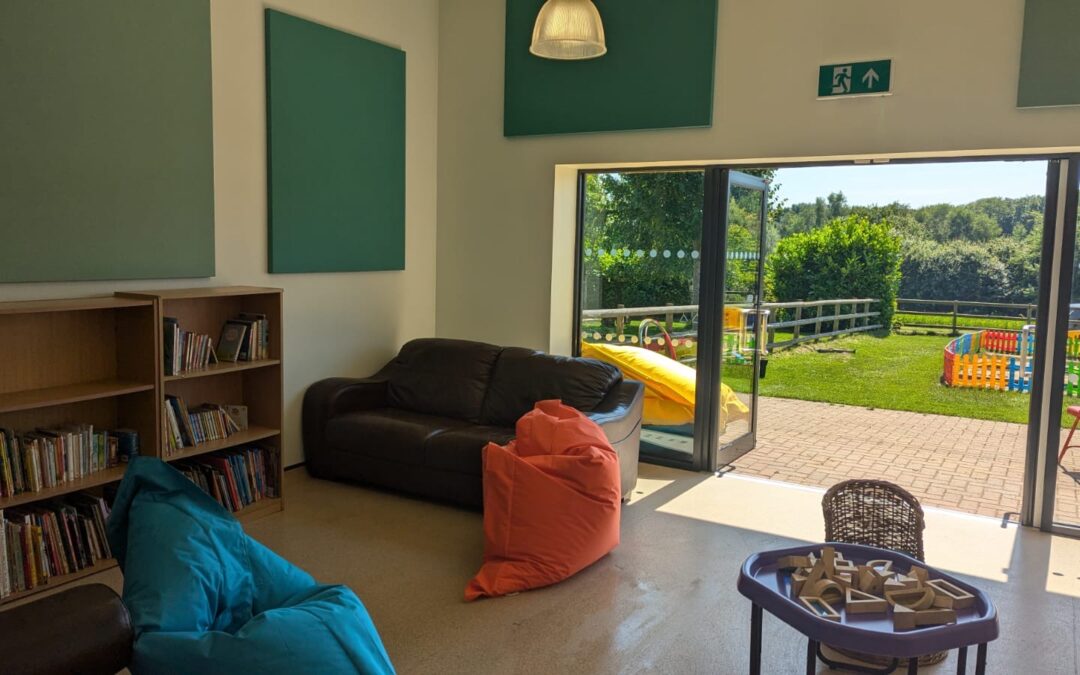I don’t quite know where the last 2 months has gone – but it has certainly had something to do with a high level of young people leaving mainstream education due to their needs not being met.
Meeting needs is such a simple concept – yet one that the Department of Education seems to be struggling to grasp.
I run an education centre where 90% of the term-time attendees are home-educated, an option that an increasing number of families are now taking.
Whilst there are some young people (perhaps 2 or 3 a year) that try to access ours groups but decide that actually, a group setting is a step too far, there are over 60 young people who study towards Maths or English, access our life skills programme or enjoy our skill based social groups – all of whom say “this is nothing like school…”.
Some groups have excercise books and white boards, we even have an occasional power point (but seriously – these are limited to a couple of times a year!). We have calculators and pencil cases, lunch boxes and backpacks. We even have teachers (although we call them Leaders).
So how are we different? What needs is it that we meet, that mainstream schools with their budgets, extensive staff, resources and grounds do not?
– The staff wear the uniforms, not the young people.
(this way they know who we are and they can access learning comfortably and are able to express their personailities more).
– Adults are all on a first name basis.
(this helps with the balance of respect – we don’t expect any more respect, than what we offer them)
– Groups are small.
(15-18 people in a good sized room is really enough… Any more and it gets noisy, it would be hard to focus and staff would find it hard to meet everyones needs…)
– There is quick and easy access to safe outdoor space – and they don’t have to ask to use it.
(this gives a space to escape to if they are feeling a bit overwhelmed or just need headspace and gives autonomy).
– No one has to ask to use the toilet or have a drink
(again, this gives automony. They don’t use it to get out of groups, because they want to be there…)
– They opt into their learning
(even if parents are being a little pursasive behind the scenes.. they see the benefit of what they are doing and want to learn)
These are some simple ways that we make learning accessible.
So with some decent money management and some problem solving – how hard would it really be to put some of these in place (even just a version of them) into more classes, more year groups, more schools?

